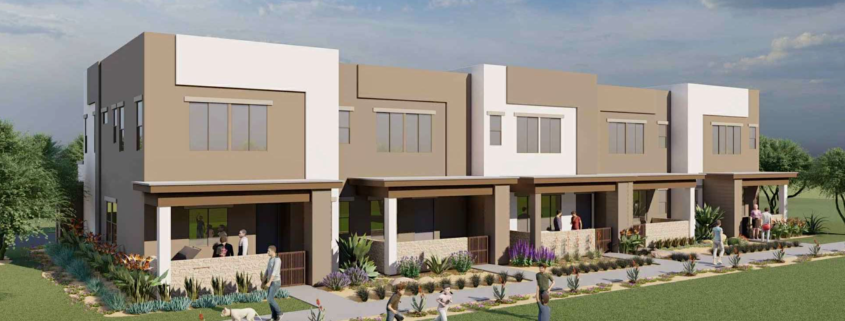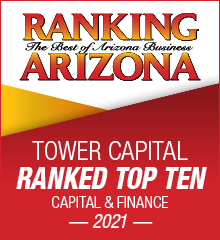What is Driving Build-to-Rent Demand During Pandemic Economy?
By George Maravilla, Senior Vice President of Tower Capital
Demand for the single-family residential rental product is rising and has emerged as a popular option today for those seeking an affordable and spacious living environment. The trend toward single-family homes that are built-to-rent was a burgeoning trend over the past couple of years and has accelerated as an asset class nationally during the COVID-19 pandemic. The shift caters to a new kind of starter home market and features an entirely new institutional investment asset class: build-to-rent (BTR) single-family homes.
The Phoenix market has become ground zero for the product type, and Tower Capital continues to remain active in the segment that is so far producing strong fundamentals. Tower Capital has successfully closed more than $250 million in financing transactions for Build-to Rent product and continues to be a leader in the marketplace with another $1 billion of projects in the pipeline. The firm’s pipeline of projects span multiple states including in Arizona, Texas, Alabama, Georgia and Florida.
Recent deals that the commercial real estate debt and equity financing firm has been involved include:
– arranging a programmatic joint venture with an institutional private equity firm, which resulted in $50 million in financing for three separate single family rental developments in the Phoenix market.
– arranging $14,225,000 in non-recourse construction financing for 19 North, a build-to-rent Townhome community in Phoenix.
– arranging $56 million in construction financing for Village at Pioneer Park, a 332-unit build-to-rent community in Peoria, AZ,
– arranging $30.6 million in non-recourse construction financing for a 217-unit build-to-rent multifamily community in Laveen, AZ
Where Did B2R Start?
Nationally, the demand for single-family rentals is growing. The Harvard Joint Center for Housing Studies’ Rental Housing 2020 report indicated the number of all single-family rentals, both previously existing homes and new build-to-rent units, grew 18% from 2008 to 2018 to 15.5 million units, or about a third of all rental units nationally.
RCLCO Real Estate Advisors reports 700,000 single-family units are expected to be designed and built for the rental market nationwide over the next 10 years. RCLCO researchers say that’s still not enough to keep up with the growing demand.
BTR Sector Drivers
The initial single-family rental product emerged out of an era when an overabundance of homes went unsold and home builders pivoted to a for-rent model that has evolved into its own category. In 2019, the emergence of this product skyrocketed, with 1,350 single-family rental homes delivered to the Phoenix Market, and another 2,300 were in the pipeline as of February 2020, according to Colliers International.
The demand drivers for the build-to-rent product include two demographic sectors that find the format attractive, including Baby Boomers and Millennials.
Boomers entering the empty nester phase of life seek to downsize yet still want to enjoy many of the features and comforts they grew accustomed to in their owned residence is appealing. The “lock-and-leave” aspect of the build-to-rent product allows them to travel. The larger build-to-rent homes with private yards also allow them to comfortably entertain friends or have their grandchildren over.
The Millennial cohort’s higher debt compared to prior home-buying generations means and thus simply don’t have sufficient resources to make a down payment on their own single-family home. Additionally, they tend to wait longer to get married, start a family and that adds up to them staying in a rental product longer.
Millennial’s are starting to move into new a life phase and seek a more subdued and less urban setting where they can start a family lifestyle. The B2R asset class aligns with that trend. The build-to-rent product appeals to residents as young as 20 and as old as 90 and spans an income diversity ranging from less than $50,000 to more than $100,000. The asset class appeals to a wide mix of genders, too.
Impact of Covid
During a time when social distancing has become a necessity due to COVID-19 concerns, renters are seeking to avoid crowds and busy streets. People are move away from elevator-served buildings in urban areas that tend to maximize resident density and are exiting major metros with large populations.
- The need to spread out more and follow social distancing guidelines makes the build-to-rent product a favored environment.
- Single-family build-to-rent communities boast larger square footages and are most often developed in suburban areas.
- Residents get more bedrooms and square footage than a traditional apartment, which makes working from home easier and gives them more privacy. Translates to more space for renters and less need for close contact with people outside of their bubble.
- Often, build-to-rent projects are standalone detached structures, or could be built as a townhome layout with a shared wall or as a duplex.
Capital Sources
The built-to-rent product is attracting capital and developers. Capital providers, both big and small, have created new programs to deploy capital into the single-family rental space, especially in the Sunbelt states. In the last 60 days alone, Tower Capital has arranged $120 million for build-to-rent development and is in the market for an additional $350 million. There is a growing number of new developers entering the market, as well as existing companies fighting for a share.
The future is promising for this emerging asset class. Given the lack of affordable housing and impacts from the COVID-19 pandemic, Tower Capital expects the Build-to-Rent product type to remain in high demand for investors.





